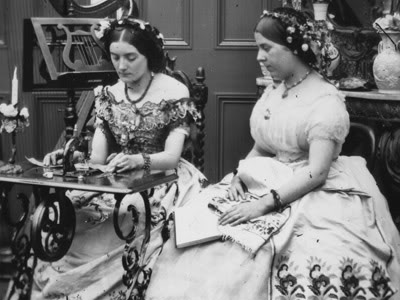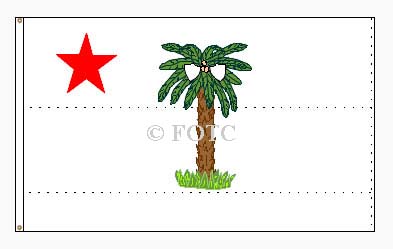Confederate State Flags
The states that made up the Confederate States of America basically went with either older militia colors (like South Carolina, whose militia flag dates from the Act of 1839, or Georgia, which used a post-colonial flag), revivals of older political flags (like Texas), or flags created specifically to represent the secession of that particular state and its new found sovereignty. The flags used were two-fold in nature: read more
Flags of the Confederate States Navy
Confederate Flags at Sea
Department of the Treasury:
Revenue Service Ensign
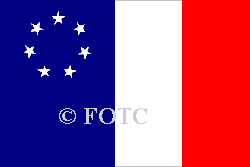
|
Flags of the Confederate States Armed Forces:
Starting in late November, 1861, the new battle flags were then presented to the Confederate units at Centreville and into December for other units in nearby parts of Northern Virginia. The flags were presented to each regiment by Gens. Beauregard and Johnston, as well as other army officers, in elaborate parade ground affairs. The Richmond Whig newspaper article of December 2, 1861, tells of the presentation at Centreville on November 28:
“The exercises were opened by Adjutant General Jordan, who, in a brief but eloquent address, charged the men to preserve from dishonor the flags committed to their keeping. The officers then dismounted and the colonels of the different regiments coming forward to the center, Gen. Beauregard, in a few remarks, presented each with a banner, and was eloquently responded to. The regiments then came to ‘present’, and received their flags with deafening cheers.” read more
Army of the Potomac
Army of the Peninsula
Army of Northern Virginia
Western Armies 1861 to late 1863
Western Armies late 1863 to 1865
Department of South Carolina, Florida & Georgia
Department of Mississippi & East Louisiana
The Hardee pattern Battle Flag
The Cassidy pattern Battle Flag
New Pages
Flags of the Missouri State Guard
Missouri State Guard Flag Bearer
|
Secondary Flags of the
Confederate States Army
SECONDARY FLAGS OF THE CONFEDERATE ARMIES
Flags had both a symbolic role and a functional role during the American Civil War. Garrison and post flags symbolized the country’s ideals and goals but functionally they also served to identify the place over which they flew as government property. Military unit flags served as the “soul” of a combat unit but functionally they also provided a guide for maintaining alignment in battle, for leading a unit forward or rallying it if it broke. Some flags, however, were used by the military on land whose roles were far more functional than symbolic. Such flags included the flags which identified a hospitals as safe havens or directed wounded to them; flags that transmitted signals or messages over long distances; flags that distinguished the upper levels of the command structure within an army; flags that marked the boundaries of an infantry unit’s camp or its flanks in combat; and flags that served as marks to guide upon for cavalry companies or light artillery batteries. Although not as impressive as the unit flags and not considered with the same clam by their users, these functional flags also were part of the pantheon of Confederate flags. read more
|
|
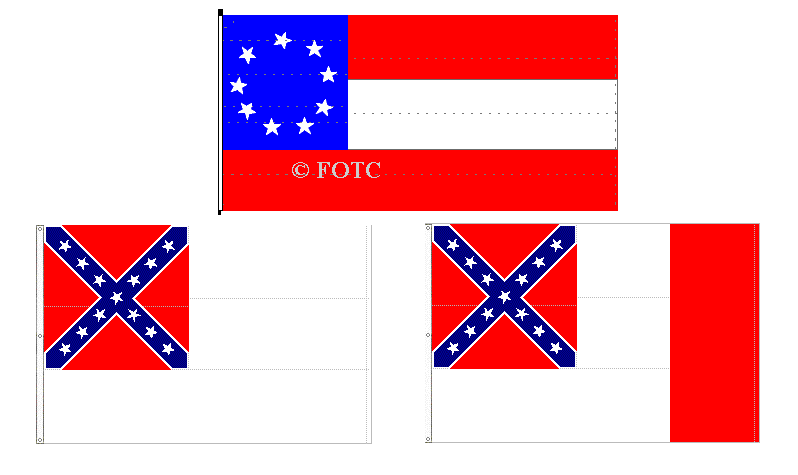
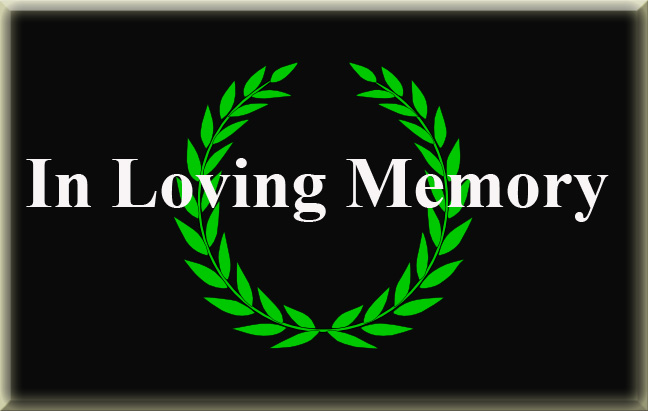
 The Bonnie Blue Flag
The Bonnie Blue Flag
